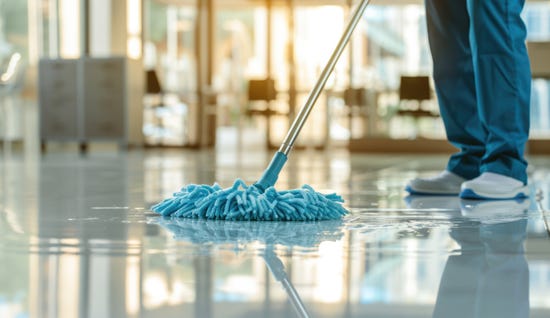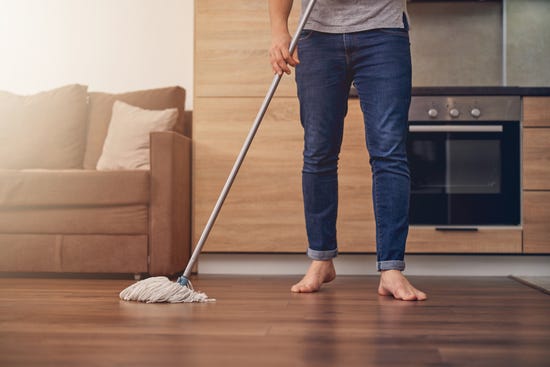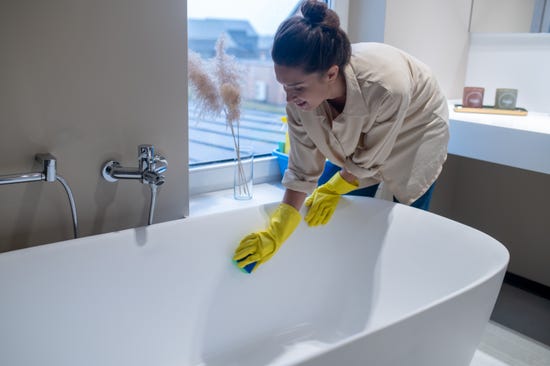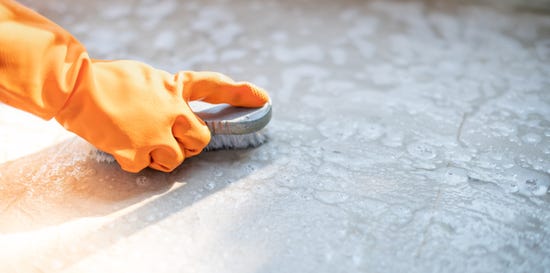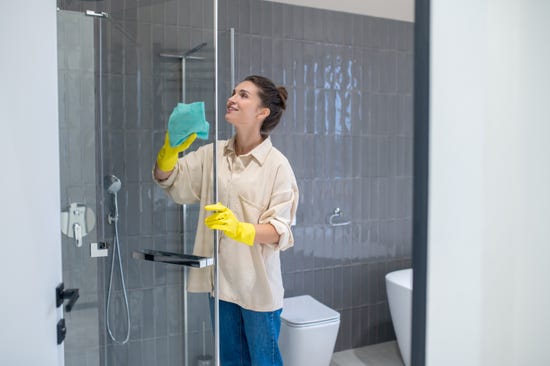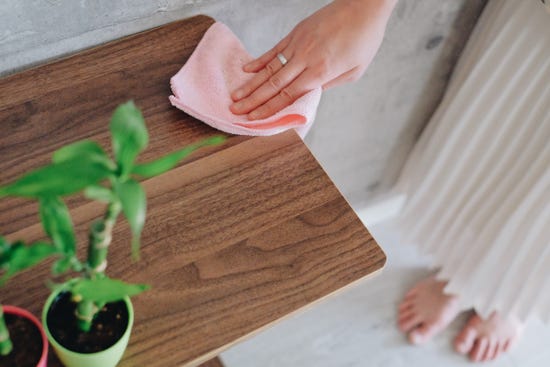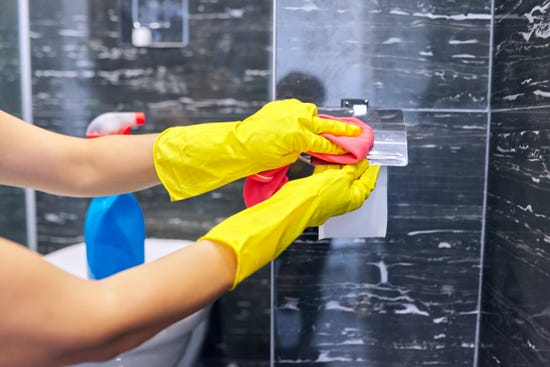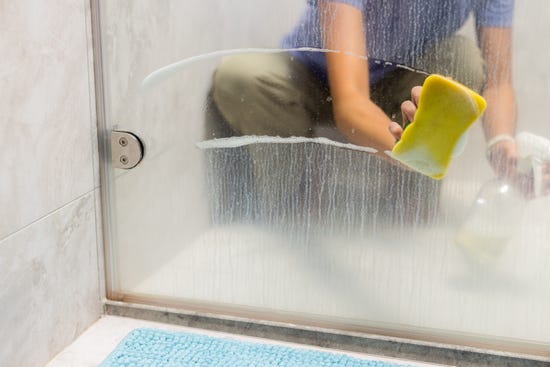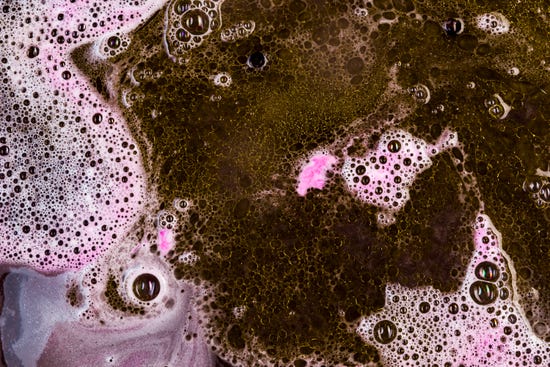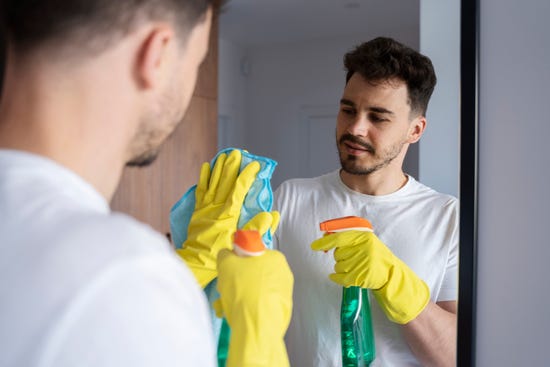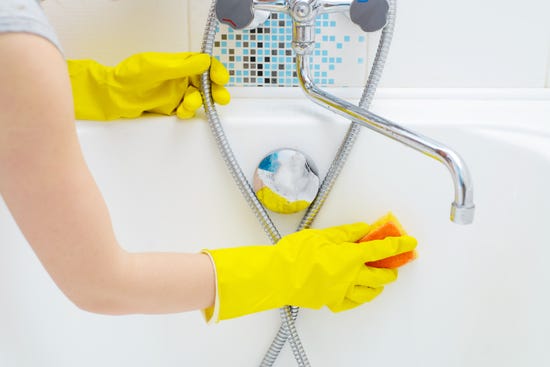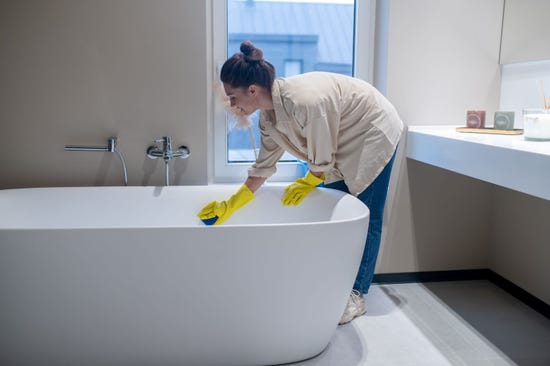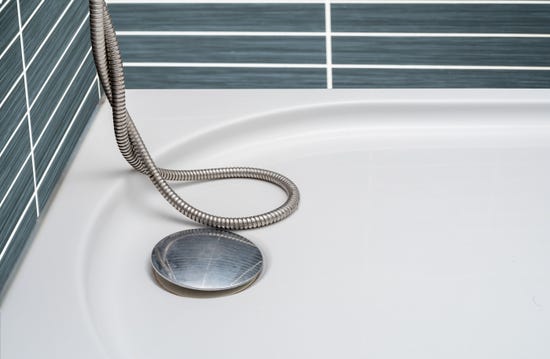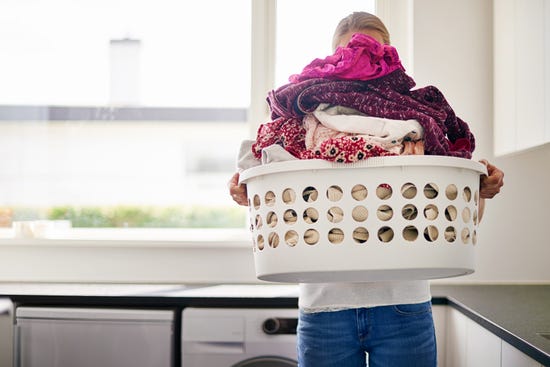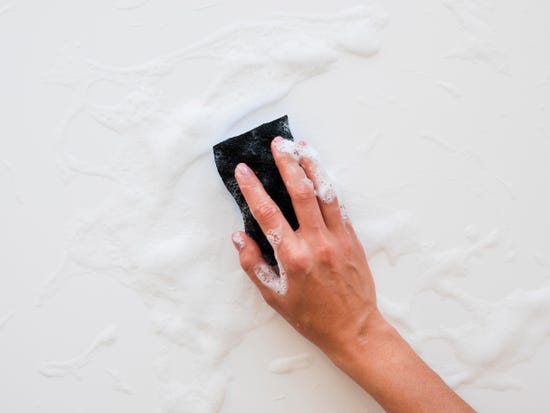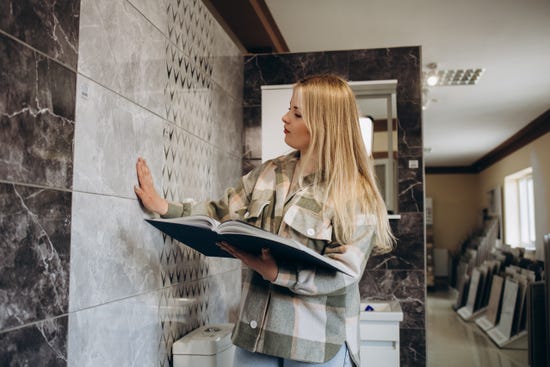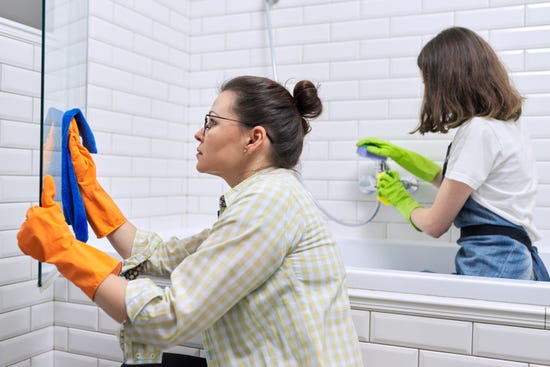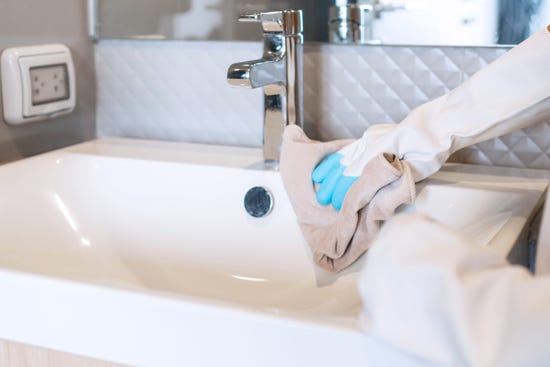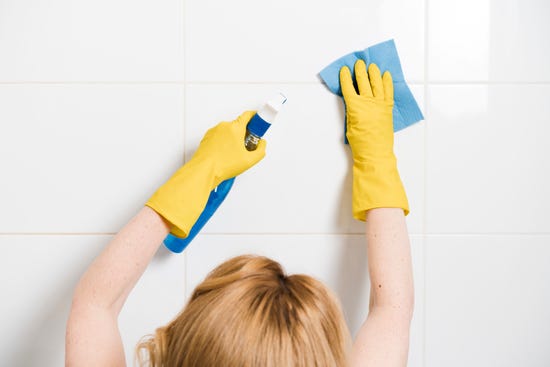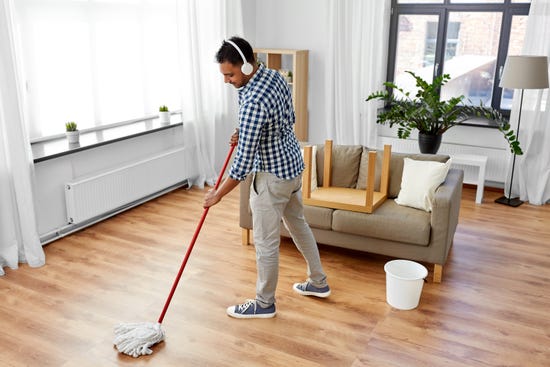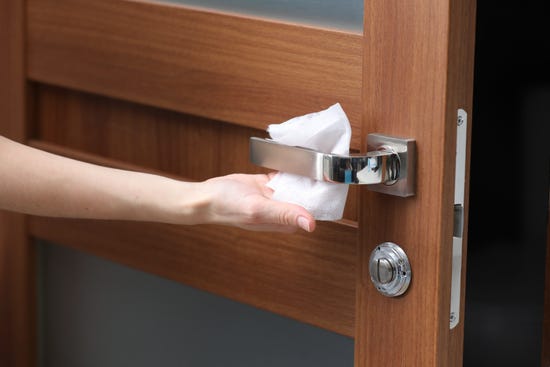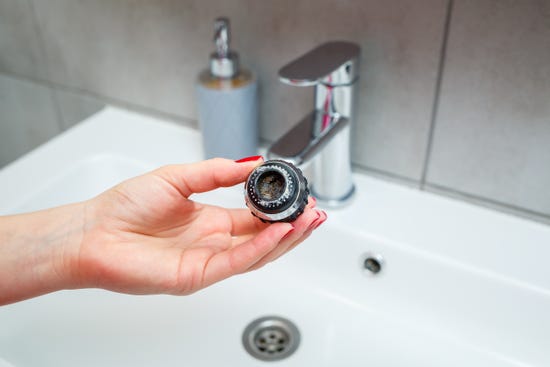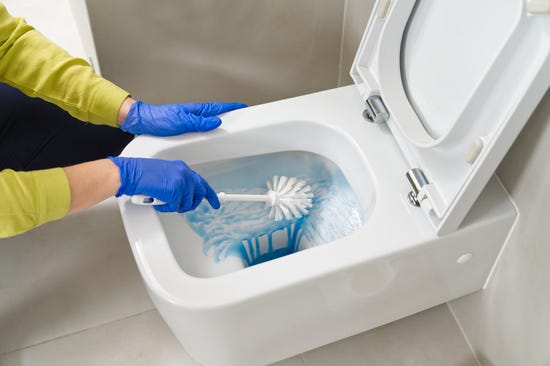
How to Clean Baseboards Easily and Effectively
How to Clean Baseboards Easily and Effectively
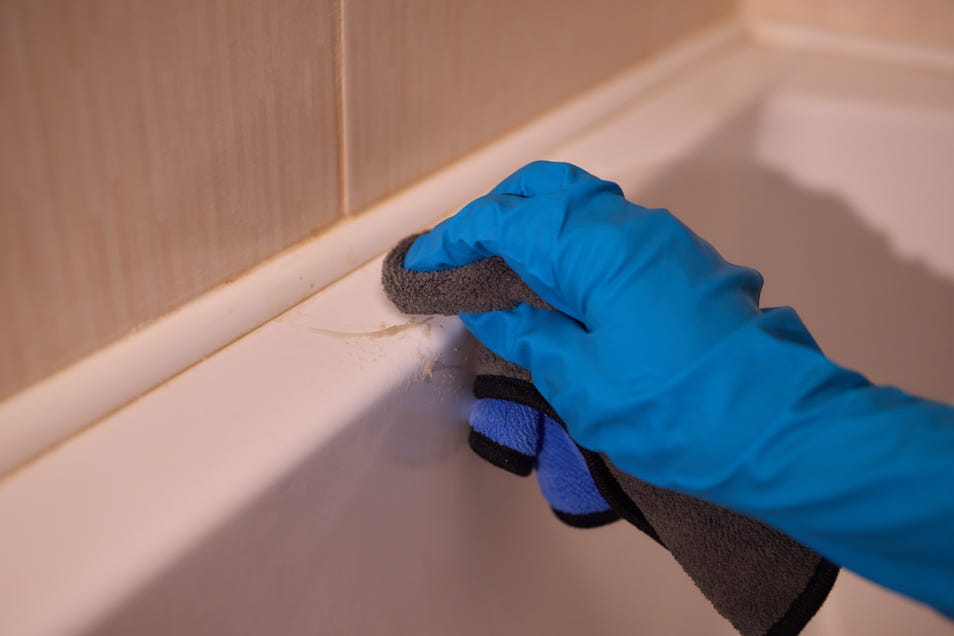
Baseboards protect walls from damage caused by furniture, kicking, and other impacts; conceal the joint between the wall and the floor, hiding uneven edges or gaps; and enhance the overall aesthetic of a room. But they are often overlooked during routine cleaning!
Over time, they can become a magnet for dust, dirt, and scuff marks. Whether they’re in your living room, hallway, or bathroom, grimy baseboards can make an otherwise clean room look dull and unkempt.
Fortunately, baseboard cleaning doesn’t have to be a dreaded chore, and today, it is relatively easy. With the right cleaning method and powerful and reliable cleaning and disinfecting products, you can restore their brightness and keep them looking fresh.
In this article, we will guide you through the easiest, fastest, and most effective way to clean baseboards, removing dust, debris, and stains to achieve a spotless finish.
What you’ll need
- Lysol® Multi-Surface Liquid Cleaner
- Bucket
- Sponge
- Scrub Brush
- Vacuum Cleaner
- Microfiber Cloth
How to easily clean baseboards
Before you begin, move furniture, rugs, or any other items that might get in the way of the cleaning process. Once you have done that, follow these steps to clean the baseboards.
1. Remove dust and debris
Start by removing loose dirt, dust, and debris from the baseboards. Use a vacuum with a brush attachment to suck up impurities from the entire baseboard’s surface and along the grooves.
If you don’t have a vacuum, a microfiber duster will also work. This step prevents dust from turning into grime once the baseboards get wet.
2. Wipe down the baseboard
Dilute 1.5 capsful of Lysol® Multi-Surface Liquid Cleaner in half a bucket of water (4 cups). Soak a sponge or microfiber cloth in the cleaning solution and wipe down the baseboard.
Make sure to thoroughly wring out the cloth or sponge to avoid over-saturating the baseboards. Utilize a toothbrush to clean the trim's grooves. Afterward, dry the baseboards with a clean towel, as excess water could harm the wood.
3. Scrub stubborn stains
For tough stains on the baseboard, apply Lysol® Multi-Surface Liquid Cleaner directly to the stain and use a soft-bristled brush to scrub away scuff marks, buildup, and persistent stains. Use a damp microfiber cloth to wipe off the cleaning solution residue before moving on to the next stain. If you prefer a different cleaning format, you can also use Lysol® Disinfectant Wipes, which help disinfect and deodorize with the fresh smell of citrus. It can also be used on surfaces all over your home.
4. Buff the baseboard
As a final step, buff the baseboard with Lysol® Disinfectant Wipes to remove water stains, streaks, and 99.9% of viruses and bacteria.
Regular maintenance for baseboards
Now that you've got baseboard cleaning down, keep them cleaner longer with these maintenance tips:
- Include baseboard cleaning as a regular part of your cleaning routine. You can spray Lysol® All Purpose Spray, which is ideal for hard, non-porous surfaces throughout the house and kills 99.99% of viruses & bacteria.
- If you have children or pets, increase the frequency of baseboard cleaning to manage dirt and scuffs.
- Make it a habit to leave shoes at the entrance or in a designated mudroom to minimize dirt buildup on baseboards.
- Exercise caution when vacuuming near baseboards to avoid accidental scuffs or damage.
FAQs
How often should I clean my baseboards?
It’s recommended to dust baseboards weekly and deep clean them at least once a month. High-traffic areas, especially those with pets or children, may require more frequent attention to maintain cleanliness.
How do I prevent dust from settling on baseboards?
After cleaning, wipe baseboards with a dryer sheet to reduce static and repel dust. Regular dusting, cleaning with a microfiber cloth, and keeping floors clean also help minimize dust buildup on baseboards.
Why do my baseboards get dirty so quickly?
Due to their proximity to the floor, baseboards naturally collect dust, pet hair, and grime. High foot traffic, pets, and open windows can also contribute to the faster accumulation of dirt.



